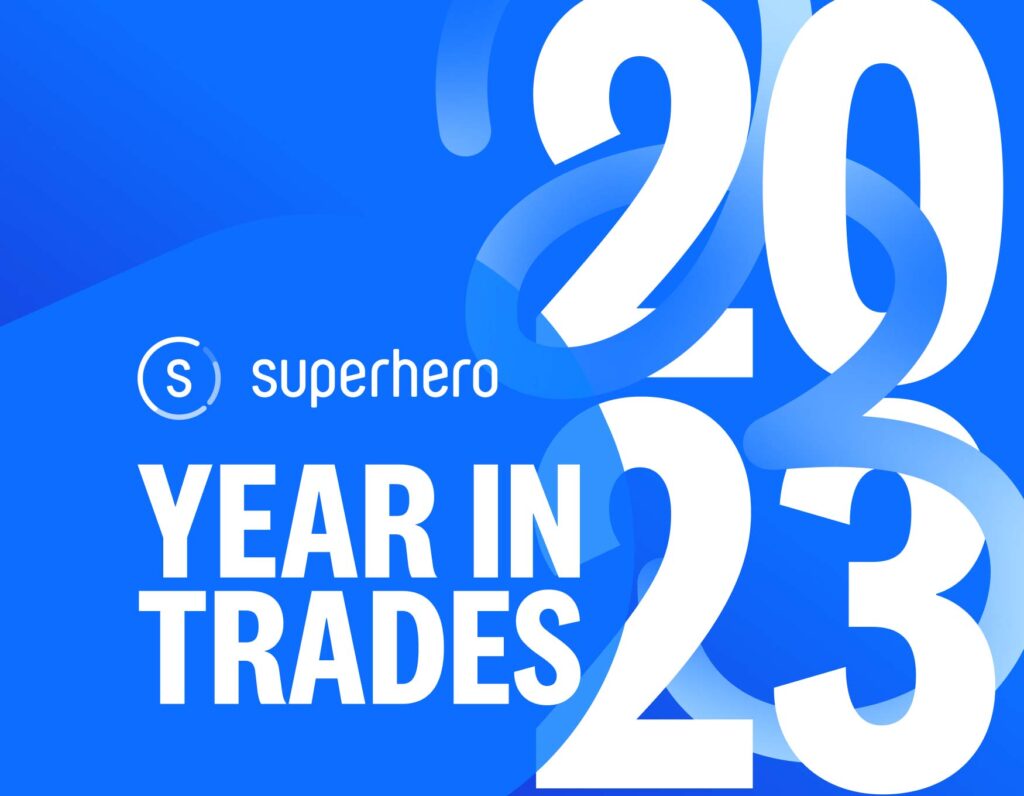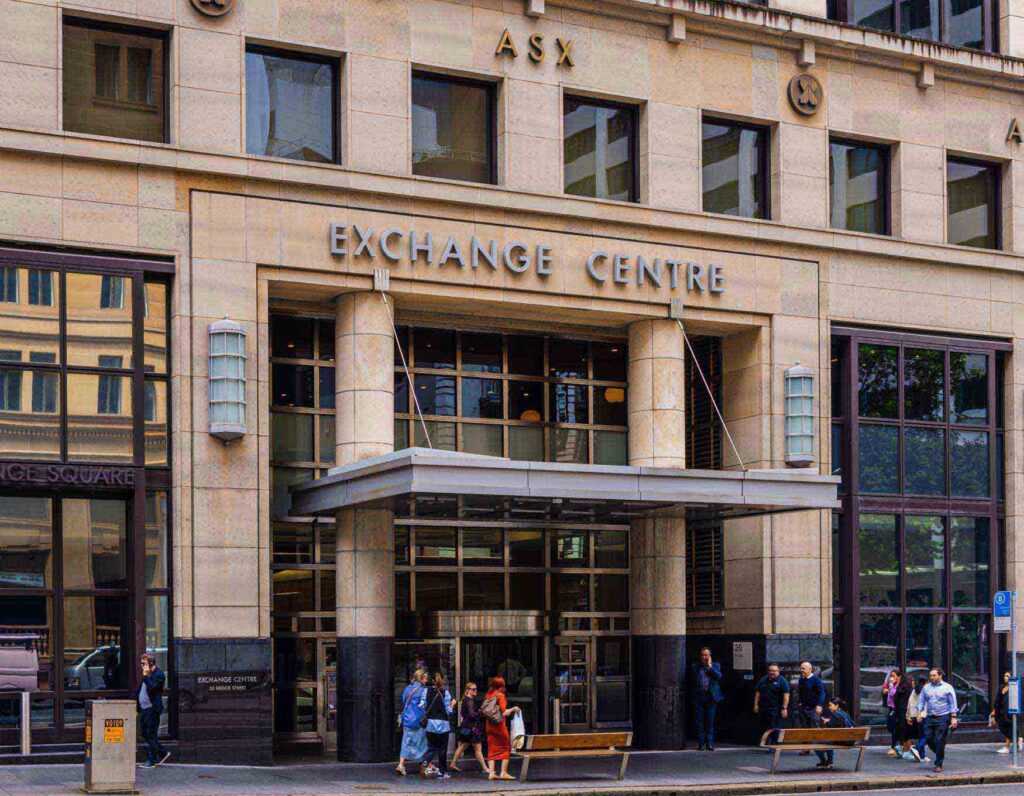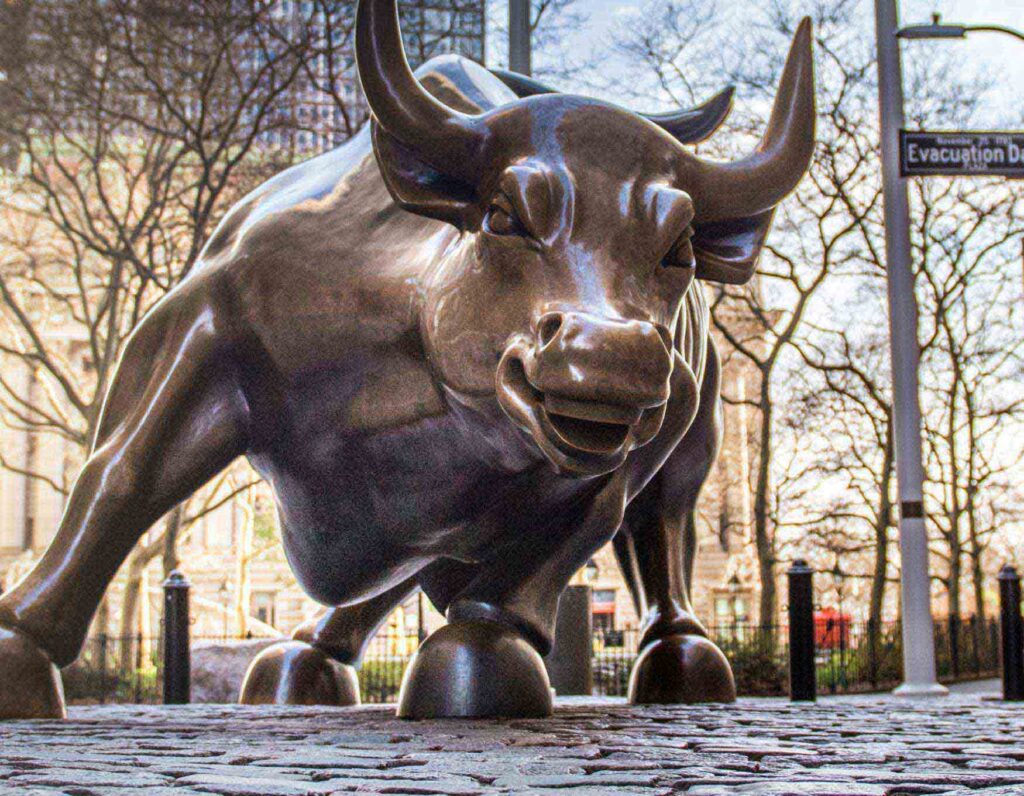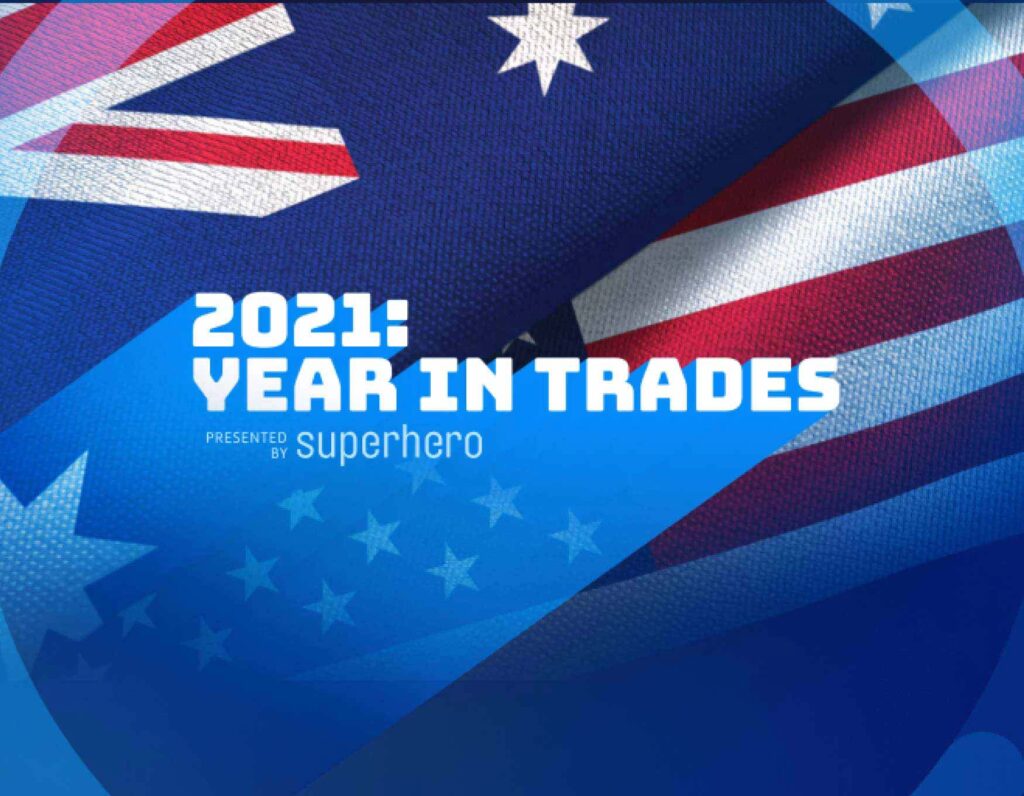Scan this article:
2023 was an eventful year for investors, where we saw a number of changes when it came to your most traded ASX stocks. After all, central banks battled high inflation, Aussies had to adapt to increasing interest rates and battery minerals experienced a large price slump.
As such, we collated all your trading activity from the year, presenting them in easy-to-digest infographics and insights on Superhero’s 2023 Year in Trades.
Presenting to you Superhero’s most traded ASX stocks in 2023!
✍️ Important Information: This article is designed to provide a general overview of company background, data and trade volume, and is not advice or a recommendation to buy or sell any stock. Past performance is not a reliable indicator of future performance. Make sure you conduct your own thorough research and analysis. All data quoted (including dividend yields) was sourced from the ASX on 22 January 2024.
Superhero’s 10 most traded ASX stocks in 2023
1. Pilbara Minerals Limited
Ticker: ASX:PLS
Market Capitalisation: A$10.44B
Price-to-earnings ratio: 4.39
Dividend Yield: 7.20%
Pilbara Minerals is headquartered in Perth, Western Australia, and operates the Pilgangoora Lithium-Tantalum Project. Despite being incorporated in 2005, Pilbara only began generating revenue in 2018. The company has positioned itself as the biggest pure-play lithium miner on the ASX with a mission to support the global transition towards renewable energy and electric mobility.
2023 saw Pilbara pay out its first ever dividend after posting record-level revenues and earnings. Its stock price also experienced higher-than-average volatility that almost saw Pilbara close at a new all-time high before the rally lost steam. These combined factors may have been why Pilbara Minerals was one of Superhero’s most traded ASX stocks last year.
2. Qantas
Ticker: ASX:QAN
Market Capitalisation: A$8.98B
Price-to-earnings ratio: 5.61
Dividend Yield: N/A
As Australia’s flagship carrier, Qantas has a rich history dating back to 1920. It operates domestic and international flights and has played a crucial role in connecting Australia with the world. Qantas has diversified its services to include subsidiary businesses like Qantas Freight, Qantas Loyalty as well as the Jetstar Group.
Last year was an eventful year for Qantas which saw it dominate the news agenda. The biggest story was perhaps around the changes in Qantas’ leadership team with the airline’s long-time CEO, Alan Joyce, announcing in May his decision to retire by the end of the year. However amid a significant amount of external pressure, Joyce left his post two months early, handing it over to Qantas’ CFO, Vanessa Hudson. Qantas shares ended 2023 approximately 10% lower.
3. Core Lithium
Ticker: ASX:CXO
Market Capitalisation: A$448.8M
Price-to-earnings ratio: 37.70
Dividend Yield: N/A
Core Lithium is a mineral exploration company focused on lithium and base metals. Headquartered in Adelaide, South Australia, the company is actively developing its flagship Finniss Lithium Operation, aiming to contribute to the growing demand for lithium in battery technologies.
The company was Superhero’s #1 traded ASX stock in 2022. This could be largely attributed to the news of Core Lithium beginning supply talks with Tesla in early 2022. While the deal fell through in the latter half of that year, the lithium miner continued to make headlines after finally generating revenue for the first time in early-2023.
4. BHP Group Limited
Ticker: ASX:BHP
Market Capitalisation: A$231.8B
Price-to-earnings ratio: 11.79
Dividend Yield: 5.71%
BHP, headquartered in Melbourne, is a global mining and resources giant. The company has a diversified portfolio, including iron ore, copper, coal and petroleum. BHP operates in numerous countries and positions itself as a company engaged in sustainable and responsible mining practices.
As at the end of 2023, BHP was the largest company on the ASX in terms of market capitalisation. As one of the world’s largest producers of both iron ore and copper, BHP recorded higher revenues and earnings in the last three years thanks to the increased prices of both metals over the period.
5. Fortescue Metals Group
Ticker: ASX:FMG
Market Capitalisation: A$84.9B
Price-to-earnings ratio: 11.63
Dividend Yield: 6.34%
Founded in 2003, Fortescue Metals Group is a major pure-play iron ore producer based in Perth, Western Australia. It has played a significant role in the development of the Pilbara region’s iron ore industry and has been instrumental in meeting global demand for iron ore, particularly from China.
Fortescue has benefited immensely from increased iron ore commodity prices seen in recent years. Last year in particular saw the Western Australian company reach a new all-time high stock price. However, 2023 also marked a volatile period in regards to Fortescue’s leadership team, which saw several high profile resignations in the span of a few months.
6. Sayona Mining
Ticker: ASX:SYA
Market Capitalisation: $463.2M
Price-to-earnings ratio: N/A*
Dividend Yield: N/A
Sayona Mining, headquartered in Brisbane, is focused on lithium and graphite exploration and development. The company operates in Australia and Canada, actively advancing projects such as the Authier Lithium Project in Quebec.
Sayona recorded an incredible run in share price between 2021 and mid-2022, gaining 3,500% from trough to peak. This performance followed the surge in lithium commodity prices over the same period. However, 2023 saw this run retreat by over 60% throughout the year.
Operationally, Sayona made steps towards production by finally recording its first commercial shipment of high-grade lithium ore in the second half of 2023.
*Sayona Mining recorded a net loss in its latest annual report.
7. Commonwealth Bank of Australia
Ticker: ASX:CBA
Market Capitalisation: A$189.7B
Price-to-earnings ratio: 19.22
Dividend Yield: 3.97%
The Commonwealth Bank, established in 1911, is one of the “Big Four” banks in Australia. It provides a wide range of financial services, including retail, business and institutional banking. CBA has a strong digital presence and has been at the forefront of financial technology adoption.
As at January 2024, Commonwealth Bank was the second largest company on the ASX. CBA made headlines late last year after its mortgage book shrank for the third consecutive month. As Australia’s largest lender, this was the first time its loan book shrank for three consecutive months since 2004. Fortunately for its shareholders, CBA’s loan book returned to growth not soon after.
8. ANZ Banking Group
Ticker: ASX:ANZ
Market Capitalisation: $78.6B
Price-to-earnings ratio: 11.50
Dividend Yield: 6.69%
ANZ, headquartered in Melbourne, is one of Australia’s largest banks and operates across numerous countries in the Asia-Pacific region. The bank offers a comprehensive suite of financial services, including retail banking, wealth management and institutional banking.
ANZ saw strong growth across its business last year, recording 14% higher earnings in FY2023 than the year prior. According to some analysts, ANZ had been the fiercest competitor among the Big Four banks last year to grow its share of the mortgage market.
9. Zip Co.
Ticker: ASX:ZIP
Market Capitalisation: A$639.5M
Price-to-earnings ratio: N/A*
Dividend Yield: N/A
Zip Co. is an Australian fintech company specialising in ‘Buy Now, Pay Later’ (BNPL) services. Established in 2013, Zip Co. has rapidly grown to become a prominent player in the global BNPL market, providing consumers with flexible payment options.
One of Zip’s key developments in 2023 was finally getting its operating income (also known as EBITDA) into positive territory. Furthermore, the BNPL company recorded this for four consecutive quarters – the first time it’s happened since its IPO in 2015.
*Zip Co recorded a net loss in its latest annual report.
10. Liontown Resources
Ticker: ASX:LTR
Market Capitalisation: A$2.89B
Price-to-earnings ratio: N/A*
Dividend Yield: N/A
Liontown Resources, based in Perth, is engaged in mineral exploration with a focus on lithium and gold. The company’s flagship projects include the Kathleen Valley Lithium-Tantalum Project in Western Australia. Liontown is actively exploring and developing resources to meet the increasing demand for battery metals and precious metals.
Liontown was featured significantly in the news last year due to takeover talks with Albemarle which began in March. Albemarle is a US-based chemical manufacturing company that had plans to fully acquire Liontown, coming up with a final offer price of A$3/share subject to shareholder approval. Albemarle abandoned the deal in October and Liontown’s share price dropped considerably following the announcement.
*Liontown Resources recorded a net loss in its latest annual report.
How do I decide which ASX companies to invest in?
When considering investing in the Australian stock market, it’s important to thoroughly research and consider various factors before making any decisions.
One way to begin is to analyse share price movements of companies of interest to you, focusing on both historical performance as well as current market trends. Many investors begin by looking into the biggest stocks or large companies that may be considered industry leaders, such as major banks (e.g., Commonwealth Bank, National Australia Bank), mining giants (BHP, Rio Tinto), and healthcare stalwarts (e.g., CSL Limited). Some of these stocks were Superhero’s most traded ASX stocks, as you can see above.
While the allure of the ASX’s big players is understandable, it’s important to remember that all investments come with risk, and some more than others. Small-cap stocks, for example, may offer higher growth potential but come with increased risk of volatility. Similarly, stocks experiencing strong price movements may generate increased investor interest in the near term, but it’s important to note that this performance may not necessarily be sustained.
The most important step when deciding what companies to invest in is to understand the goal of your investment portfolio as well as determine your risk profile and investment time horizon. This can help you in determining the most suitable investments for you.

Become a part of
our investor community
Why you should join us:
- Join free and invest with no monthly account fees.
- Fund your account in real time with PayID.
- Get investing with brokerage from $2. Other fees may apply for U.S. shares.
Read our latest articles
Make knowledge your superpower and up your skills and know-how with our news, educational tools and resources.







![The top ASX lithium stocks by trade volume and performance [2023]](https://www.superhero.com.au/wp-content/uploads/2023/06/24-03_blog_news_toplithiumstocks_hero@2x-1024x796.jpg)



















